Welcome to the second part in a multi-series of articles looking at the fortunes of The Boston Red Sox under the ownership of New England Sports Ventures.
Courtesy of Red and White Kop, El Campeador takes a look at the owners themselves, their management philosophy with the Red Sox, and Fenway Park stadium.
IN 2002, without much too fanfare (comparably to the legal wranglings to purchase Liverpool), the Red Sox were bought by New England Sport Ventures, led by John Henry, Larry Lucchino, Tom Werner, the NY Times company and others. This was a handover of rather historic implications, as the club had been in the Yawkey family’s hands since the Depression. After he died in the 70s, his wife took ownership, and when she died, the club went to her trust, from which NESV bought the club for about 650m dollars. By all accounts, Old Tom Yawkey was a bit of a racist prick. The Sox didn’t win the World Series for the 50 years the Yawkeys owned the team. God likes black athletes.
One of the reasons that I don’t recall there being much more than a few groups with competing interest in the Red Sox was partly due to Dan Duquette’s self-serving claim that competing was impossible without a new stadium. Another reason was that NESV was buying the Red Sox not from the fat clenched fists of an ample be breasted Yank bank botherer, but, for all intents and purposes, a dead woman – Mrs Yawkey’s trust, run by John Harrington. There were groups of rival bidders, most whom I can’t remember, all of whom had some plan or other that I didn’t really care much about. Honest. I didn’t have to.
The Men in Suits
NESV’s major characters were Henry (a millionaire futures trader), Tom Werner (an uber rich television producer), and Larry Lucchino (a lawyer, specifically, a sports lawyer, who is the current President and CEO of the Boston Red Sox). Lucchino has also served in the same capacity for two other baseball teams, who notably have built new stadiums on his watch. The Baltimore stadium is especially famous. They’re all swimming in money and connections; one phone call away from the President sort of connections.
From Liverpool’s point of view, there is much that is intriguing. All of the principals in NESV have extensive professional sports management experience. These guys have bought teams, built stadiums, and won championships. They enjoy sport; they enjoy winning and competing. While there are examples in their past of selling teams – some within a short period of time – their track record does not contain the serial leverage-buy-flip tendencies of Hicks and Gillett. As a member of Red Sox Nation, I have been witness to their longevity and prudent management techniques. Nine seasons they’ve been here, lads, and it’s been a helluva ride. Much of baseball fandom would take our owners in a heartbeat. Ask a fan. Any fan.
Yet I’d like to make one thing crystal clear – I am not blindly endorsing NESV for Liverpool. As owners of the Red Sox, they have done very well. But that may or may not not have any bearing on what happens over on Merseyside. They’re certainly good businessmen (proper businessmen, not leveraged gamblers like that last two) and they’ve had success at every step of their careers. But this is an entirely different animal to anything *we’ve* seen! Never mind *them*.
Similarities
Anyway, having gotten that out, there are some similarities between the Red Sox of 2002 and the Liverpool of 2010 from NESV’s point of view at acquisition time, and there are differences. The Red Sox had a bit of a championship monkey on their back, as do Liverpool. Both had small stadiums at takeover time. Yeah, they both wear red, and both teams’ most glorious story contains a 3-0 comeback.
Differences
There are also some startling, and potentially worrying, differences. The Red Sox were never in this much crippling debt, and have a much more patient fanbase, one in fact that was accustomed to losing for almost 90 years. Liverpool is in a precarious situation with regards to finances. And we’re a bit, shall we say, passionate about winning, and have never been losers. Ever.
Baseball doesn’t have relegation. Football doesn’t have a luxury tax levied on clubs who spend too much money on player wages, which is redistributed back to the poorer clubs. Therefore baseball is socialistic, and safe from disaster. Football is cut throat capitalistic, and failure equals death at the hands of fat cowboy bastard. Can NESV navigate the minefields of English football? Too early to say.
Also, when the NESV took over the Red Sox, they inherited talented players like Nomar, Pedro Martinez, Manny Ramirez and Jason Varitek who were never in danger of walking away. In baseball, you don’t often get the Mascherano effect. With Liverpool right now, we’ve got a situation where every transfer window, everyone from the fans to the manager kisses some superstar’s arse until he “declares his loyalty” as if his word is worth more than his signature (which bizarrely, I’m beginning to think it might be). We lost a lot of good talent the last 18 months, and I’ve no idea where the money’s gone.
Stadium
One thing I hope NESV get right is the stadium decision. They got that spectacularly right here in Boston. To be sure, I’m a traditionalist – I love Fenway Park.
At the time NESV came to Boston in 2002, a fierce debate had already been raging over whether a new stadium should be built. Fenway is historic; anyone who has been there cannot help but become enchanted. It’s magic: the smells, the sights, the colours. It’s old, it’s tucked away, it’s cute, it’s got powerful reds and rolling greens, it’s – I don’t know – familiar, comfortable, and above all, a part of the city. But it’s small. The cramped red seats are so small, you’re positive that Fenway should fit more than 37,0000 of them chairs. Especially since we’ve a lot of fat bastards over here.
The same exact arguments being tossed back and forth about Liverpool’s ability to compete while giving up a significant matchday revenue advantage to rivals was going on in Boston during the late 90s. There were new baseball stadiums sprouting up all over the place, started off in 1992 by Camden Yards in Baltimore, at which everyone ooh’d and aah’d. Detroit, San Francisco and Pittsburgh all opened grand new “retro” ballparks, and supposedly, we couldn’t compete without one. Just like the Emirates and the City of Manchester stadiums show how stunted Liverpool’s top line revenue is by comparison.
But NESV, instead, under their management, various creative methods were used to increase matchday seating – I think overall about 3000 more seats have been squeezed in – and total revenue. Whenever it’s completely sold out, which is every game without fail for the last 600 odd games stretching back 5 years or something, you have standing room only areas too. It’s a brilliant architectural maze now, with balconies you can discover, seats on top of walls, new platforms, aluminum decks, and for a while, they even brought in one of them golf mobile-home thingys and popped it up on top of left field as a luxury box. Verizon Communications chucked me two tickets to a double header up there, complete with waitress and food service, and me and my mate snuck back in for the second match and sat up in the roof box seat,
Tickets
Ticket prices have gone up, no doubt. But it’s fair to point out a few things here. First of all, I’m not advocating one way or the other for Anfield; just that I love the fact that Fenway is still Fenway. It’s not sterile. It’s not unfamiliar. It’s still haunted. I’d still rather pay $50 to go to Fenway than $30 to go anywhere else.
Secondly, the NESV group has done a good job of having tiers of tickets, where rich guys make up for poor students. A ticket to the bleachers is now about $30, while there are plenty of $160+ even $200 tranches to be had. They also went bonkers on concessions – the beers were $8 this year, and if you fork over a ten for anything, not much is coming back. There are entire corporate sections that have waitress service. To your little red seat, with a credit card swiper. But your handy dandy tequila flask means you don’t have to select one of 6 different shit beers and pay out the nose for it.
Thirdly, in addition to the Red Sox, NESV owns the stadium, and also owns NESN – which is the Red Sox television network. Lots and lots of money. I’m not sure there is an equal in the UK. It’s sort of like – every home and away game except the weekend is on NESN (5 games a week). They make big bucks over a 162 game season. Advertising like you wouldn’t believe – all over the stations, the stadium, the web sites, NESN this NESN that.
Finally, Boston’s a rich town. The Red Sox are successful and they sell out. That is the cornerstone of the old stadium/park model. They need to charge relatively high prices, have a relatively affluent fanbase, and keep winning. I can still take the train down, sneak in my reposado in a flask, have a bag of peanuts and a couple beers, and leave for about $80 including tickets, which isn’t bad for a bit of baseball and banter. Of course, I can easily drop up to $500 come playoff time (and have done).
But having said all that, the NESV group came into a situation that seemingly called for a wrecking ball to be taken to Fenway Park, and yet, managed to pull off a century old monkey and crush it – not once but twice – without putting me into a sterile new monstrosity. If I could offer my Scouse brethren anyone to help sort through the stadium minefield, I would probably steer you towards Lucchino’s experience in this arena – he’s both built stadiums for teams as well as done brilliantly without. Just don’t hold me responsible if it’s groundshare his financial models come up with.
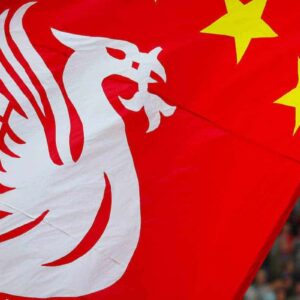







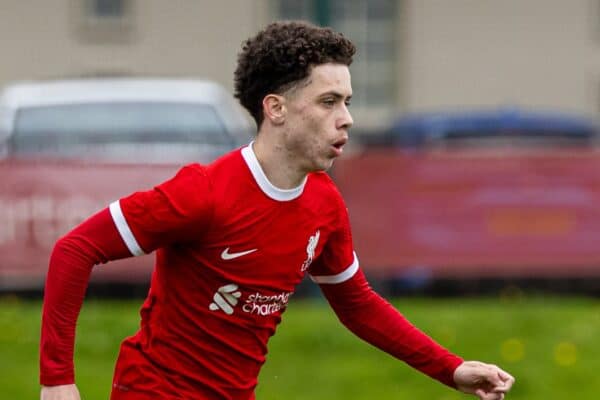
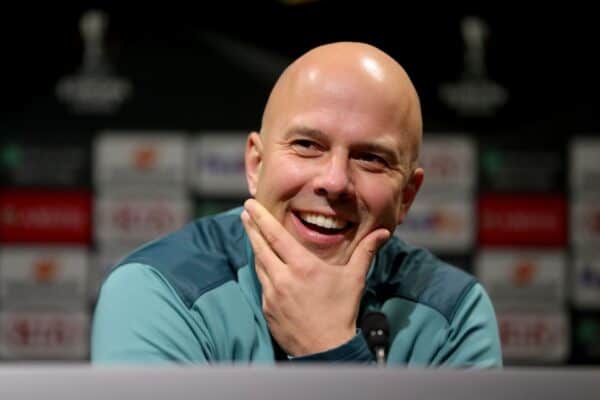
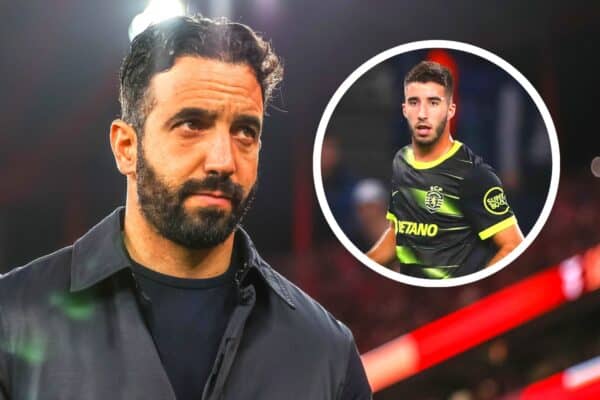
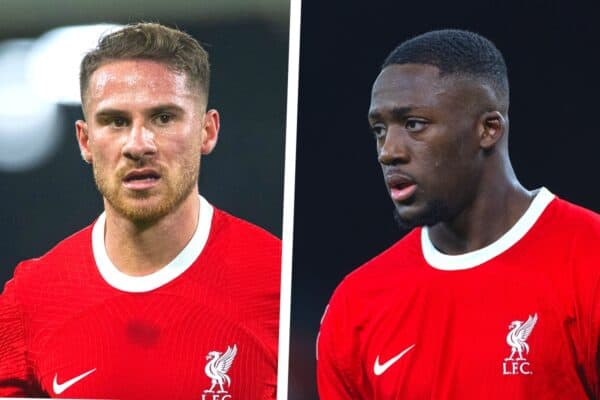

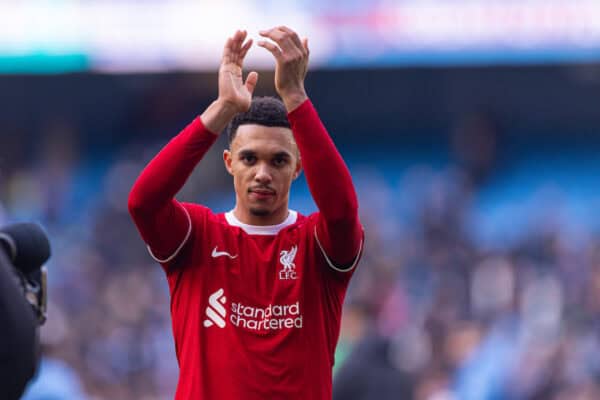
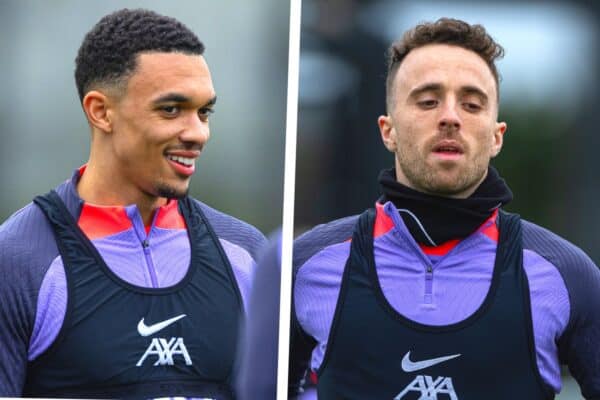
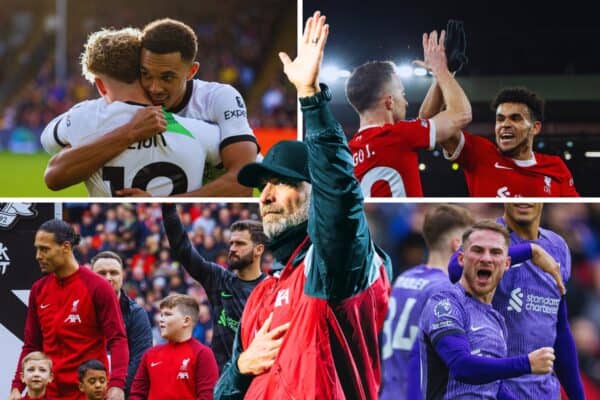


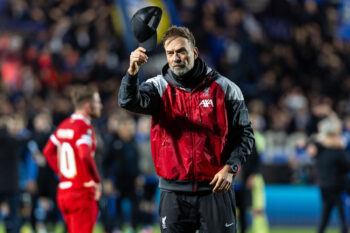
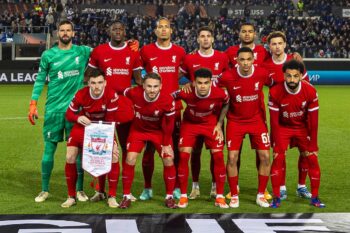
Fan Comments